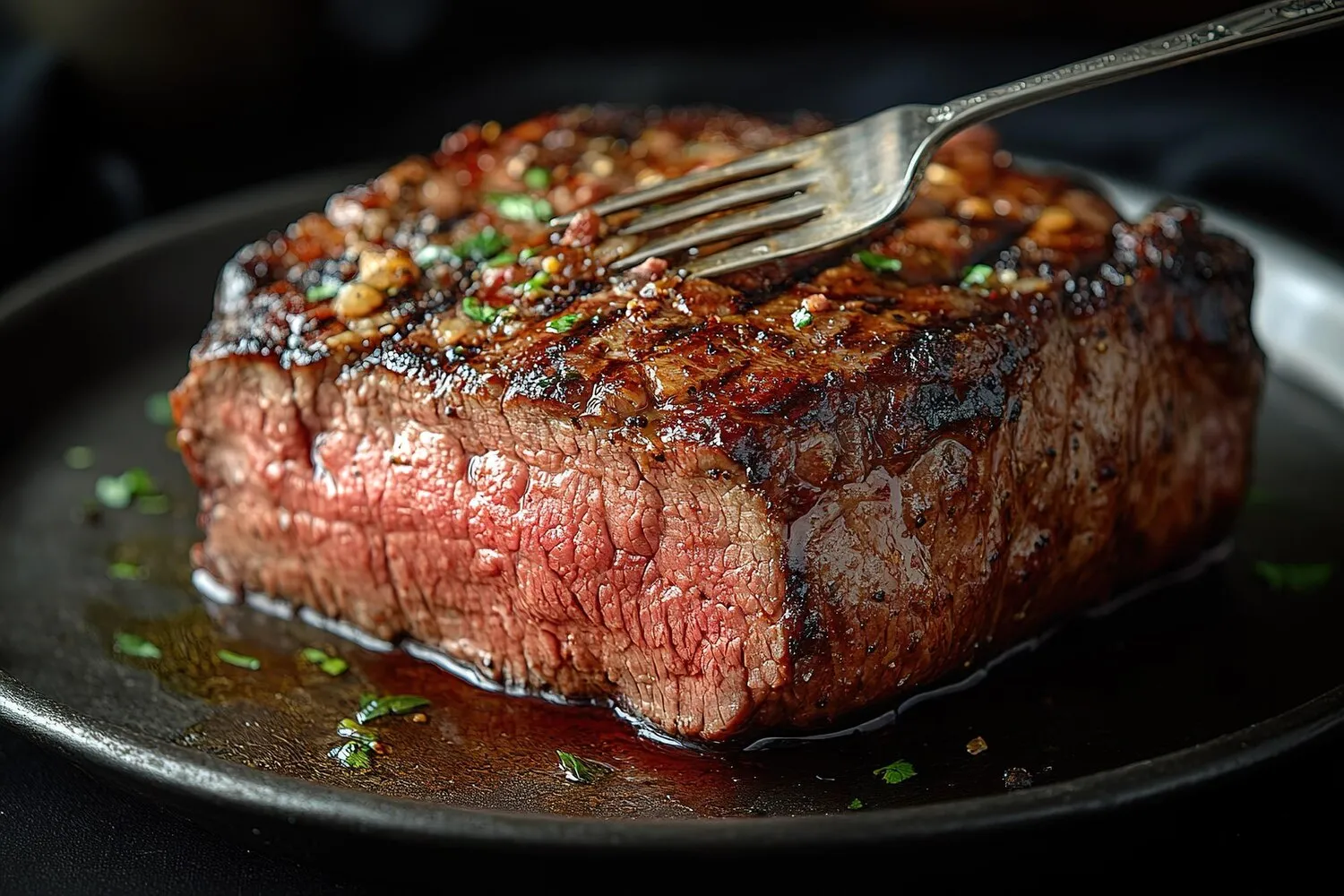
Kabobs (Various)
Selection of grilled kabobs including chicken, lamb, and beef.
Nutrition Facts
* The % Daily Value (DV) tells you how much a nutrient in a serving of food contributes to a daily diet. 2,000 calories a day is used for general nutrition advice.
Delbar Middle Eastern
Kabobs have ancient roots, with evidence suggesting their existence in the Middle East for centuries. The practice of cooking meat on skewers likely arose from nomadic cultures needing a portable and efficient way to cook meat over open fires. Over time, different regions adapted the basic concept, incorporating local spices and ingredients, resulting in the diverse array of kabobs we see today.
Kabobs hold significant cultural importance in many Middle Eastern and Central Asian societies, often served during celebrations, family gatherings, and social events. They represent hospitality, sharing, and community.
Social Gatherings
Kabobs are frequently a centerpiece of social gatherings and feasts, symbolizing abundance and generosity.
Regional Variations
Each region boasts unique kabob variations, reflecting local culinary traditions and ingredients. These variations can be a source of regional pride.
Religious Significance
In some cultures, the preparation and consumption of kabobs can be tied to religious observances or festivals.
The flavors of kabobs are diverse, dependent on the meat used and the marinades applied. Common elements include savory, smoky, and aromatic notes, often balanced with acidity and sweetness.
Common flavors derive from the meat itself (chicken, lamb, beef), combined with marinades featuring ingredients like yogurt, lemon juice, garlic, onion, olive oil, and a wide variety of spices. Spices can include paprika, cumin, coriander, turmeric, chili powder, sumac, and saffron, offering complex and layered flavor profiles. The grilling process imparts a smoky char that enhances the overall taste.
Marination is Key
Marinating the meat for at least a few hours, or even overnight, allows the flavors to penetrate and tenderize the meat.
Proper Skewering
Don't overcrowd the skewers. Leave a small space between pieces of meat to ensure even cooking.
Grilling Temperature
Use medium-high heat for grilling. Avoid flare-ups that can char the outside before the inside is cooked through.
Resting Time
Let the kabobs rest for a few minutes after grilling to allow the juices to redistribute, resulting in a more tender and flavorful result.
Explore additional Grilled dishes and restaurants
Explore GrilledDiscover top dining spots and culinary experiences in Atlanta.
Explore AtlantaLearn more about the food culture, restaurant scene, and culinary heritage of United States.
Explore United States
